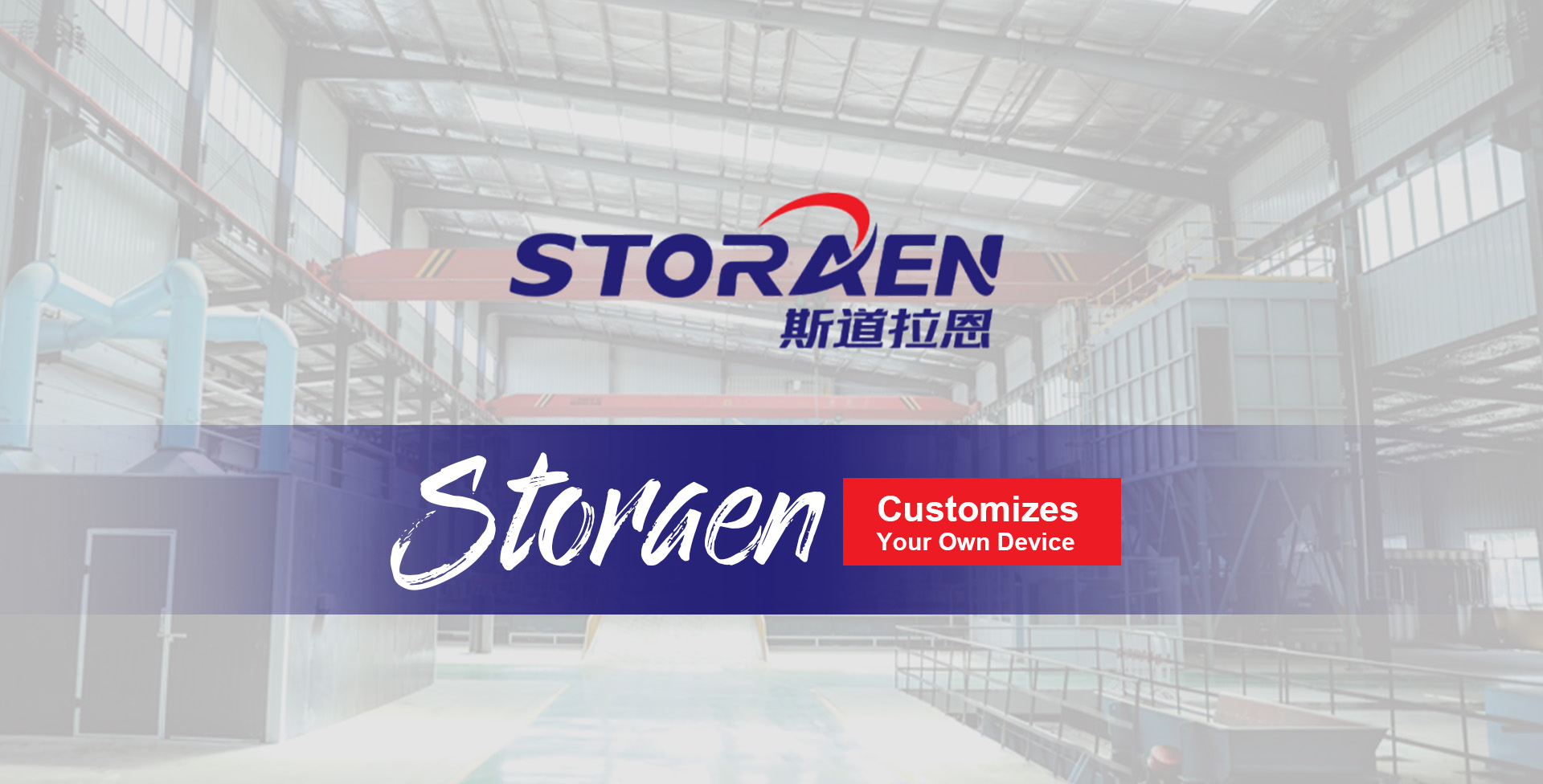дек. . 04, 2024 14:01 Back to list
Different Types of Check Valves and Their Applications in Fluid Systems
Understanding Check Valve Types A Comprehensive Overview
Check valves are essential components in fluid systems, designed to prevent backflow and ensure that fluids flow in the intended direction. These valves come in various types, each suited for specific applications and requirements. Understanding the different types of check valves can help engineers, plant operators, and maintenance personnel choose the right valve for their needs.
1. Swing Check Valves
Swing check valves are one of the most common types used in various applications. They consist of a disc that swings on a hinge, allowing fluid to flow in one direction while preventing backflow. The design minimizes pressure drop, making them suitable for applications where maintaining pressure is critical. However, they are most effective in horizontal piping and may not be suitable for vertical installations.
2. Lift Check Valves
Lift check valves feature a disk that moves vertically within a cylindrical body. When the fluid flows in the forward direction, the disk is lifted off its seat; when backflow occurs, the disk falls back onto the seat, preventing reverse flow. These valves are ideal for high-pressure applications and can be installed in both horizontal and vertical pipelines. However, they do tend to have a higher pressure drop compared to swing check valves.
3. Ball Check Valves
Ball check valves utilize a ball as the closure mechanism. When fluid flows in the forward direction, the ball is pushed away from the seat, allowing flow. If backflow occurs, the ball is forced back to seal against the seat, preventing reverse flow. These valves are compact and can handle a wide range of fluids, making them popular in various industries, including water, sewage, and chemical processing.
check valve types

Diaphragm check valves use a flexible diaphragm that opens and closes in response to fluid flow. These valves are excellent for applications that involve viscous or particulate-laden fluids, as the diaphragm helps to prevent clogging. They are also suitable for low-pressure applications and can be found in wastewater treatment plants and chemical processing facilities.
5. Spring-Loaded Check Valves
Spring-loaded check valves use a spring mechanism to hold the valve closed until a specified pressure is reached. This design allows for faster response times and can be particularly advantageous in applications that require precise flow control. They are versatile and can be used in both high-pressure and low-pressure systems.
6. Silent Check Valves
Silent check valves are designed to minimize noise associated with rapid closure. They typically employ a spring mechanism but are engineered to close without the water hammer effect, which can lead to system damage over time. These valves are especially useful in residential and commercial plumbing where noise reduction is desired.
Conclusion
Selecting the right check valve type is crucial for optimizing the performance and reliability of fluid systems. Factors such as flow direction, pressure, temperature, and the nature of the fluid should all be considered when making a choice. By understanding the unique features and advantages of each check valve type, engineers and operators can ensure efficient and effective fluid handling, safeguarding their systems against backflow and associated complications.
By investing time in understanding check valve types, you are not only improving system performance but also extending the life of the components in your fluid handling system, leading to reduced maintenance costs and enhanced operational efficiency.
-
thread-plug-gauge-our-promise-of-measurement-excellenceNewsAug.22,2025
-
gauge-pin-class-reflecting-quality-legacyNewsAug.22,2025
-
check-valve-types-for-high-rise-buildingsNewsAug.22,2025
-
water-control-valve-for-irrigation-systemsNewsAug.22,2025
-
gate-valve-with-soft-seal-technologyNewsAug.22,2025
-
y-type-strainer-for-oil-and-gas-applicationsNewsAug.22,2025
Related PRODUCTS









